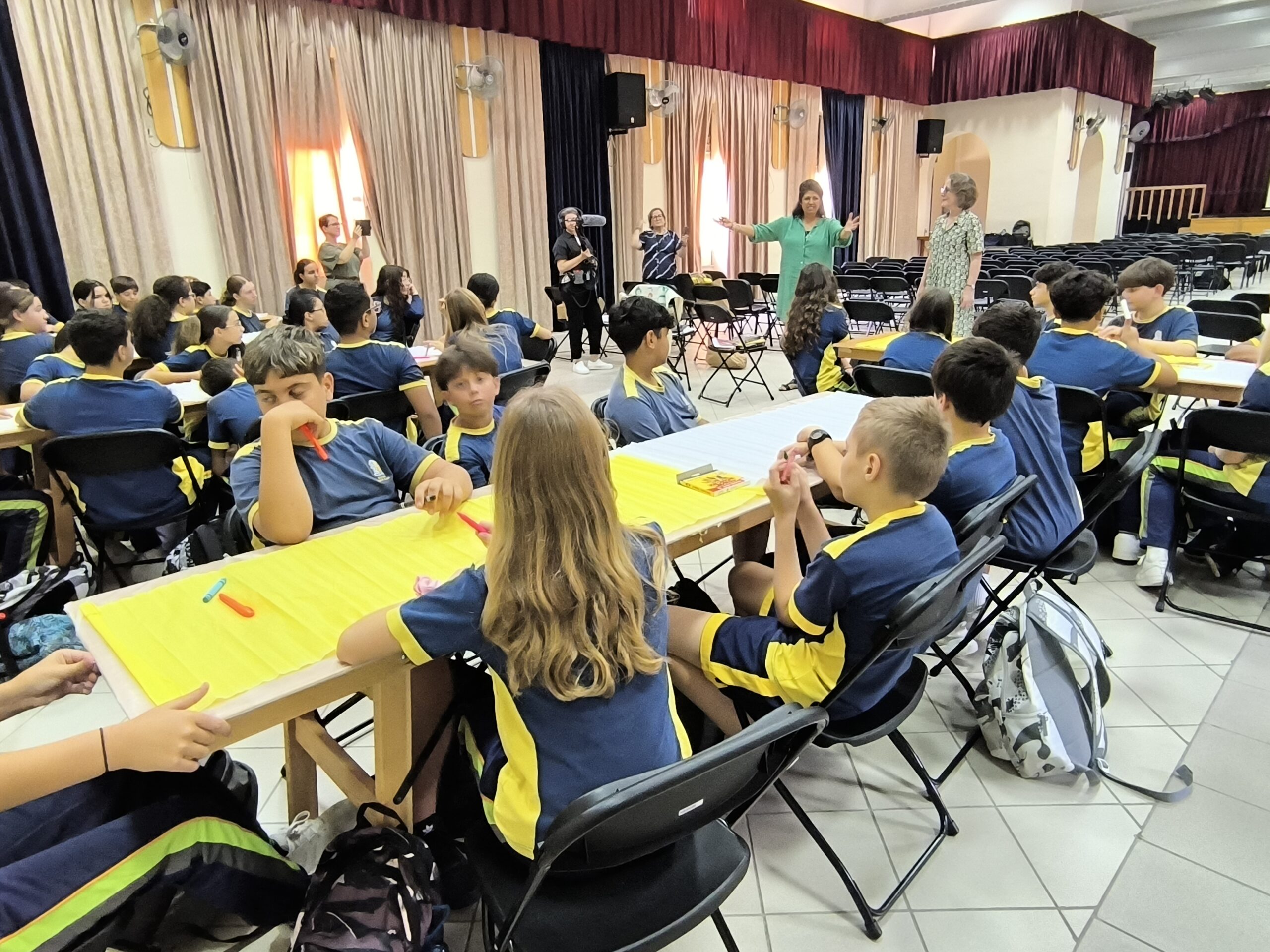Academic handbook of young people's creative protest

In producing an academic handbook to facilitate young people’s understanding of – and engagement with – their human rights, the Seen and Heard project has assembled a multi-disciplinary team with extensive experience in the areas of academia, activism, education, literature, filmmaking and contemporary art.
About the book
Like adults, children have rights to freedom of expression and participation, enshrined in the 1989 United Nations Convention on the Rights of the Child (UNCRC), the most ratified human rights treaty in the world. The UNCRC seeks to protect young people from harm, to provide for their growth and development, and to empower their voice and participation in society.
Unfortunately, this right to freedom of expression is rarely upheld. Studies by both Amnesty International as well as UNHCR show that ignorance of their rights puts children at greater risk of abuse, discrimination and exploitation, and unfortunately very few young people are educated about their human rights.
Additionally, our own research is showing that geopolitical context often dictates the level of risk involved in speaking out and up about injustice, and it is almost impossible for young people to exercise their right to freedom of expression unless they are sustained by intergenerational support across sections.
In this regard, various adult stakeholders are involved in ensuring or oppressing young people’s right to express themselves; parents and guardians, school management and teachers, government officials and legislators, and the list could go on.
For these reasons, when we began working on the vision for Seen and Heard, we knew that we needed a team able to work cross-sectorally, with extensive experience in the areas of academia, activism, education, literature, filmmaking and contemporary art.
It also had to be a team willing to embrace working both in institutions, as well as in the field. And a team willling to ‘with-ness’ the young people and to learn alongside them rather than simply wanting to ‘educate them’, aware that young people’s protagonism counteracts deficit and dependency models of childhood perpetuated by developmental psychology, and adultist social and political structures, promoting instead epistemic justice that makes young people’s insider knowledge/expertise legitimate in the eyes of researchers, policymakers, and educators. With this in mind, the research objectives of the project were set as:
- how young people’s understanding of freedom of expression changes depending on their life story and cultural background;
- what they perceive to be shared European values;
- what they understand to be a European identity;
- how literature and other forms of media impact their sense of belonging in Europe;
- how literature and other forms of media impact their understanding of freedom of expression in Europe and what they perceive the core challenges to be;
- how adult stakeholders perceive young people’s thinking and behaviour
- how adult stakeholders adapt to young people’s spoken needs and desires;
- how European research can be at the forefront of solutions for better cultural integration participation of young people into local European communities.



